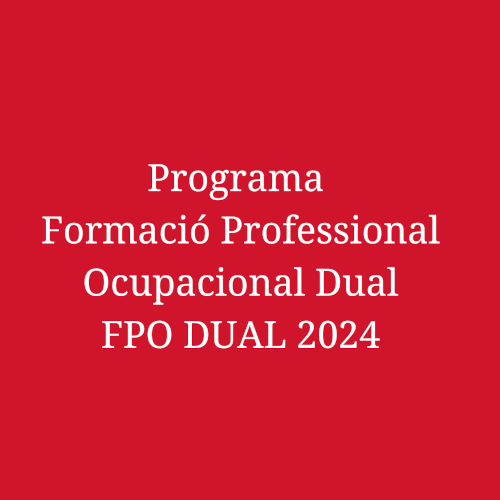OBJECTIVES
1. Train workers in TIG (Tungsten Inert Gas) welding, providing the theoretical knowledge and practical skills needed to perform high-quality welds on various types of metals including stainless steel and aluminum
2. Ensure, through the combination of theory and practice, that participants are well prepared to apply their knowledge in the workplace
3. Ensure the integrity of welded joints, emphasizing safety and quality control.
DURATION
25 hours
SCHEDULE
1. Primera sign
a. Days: Wednesday from 15:00 to 20:00
b. Start date: 17-1-24
c. Closing Date: 14-2-24
d. Class Days:
1) January: 17,24,31
2) February: 7.14
2. Second Round
a. Days: Wednesday from 15:00 to 20:00
b. Start date: 29-5-24
c. Closing Date: 26-6-24
d. Class Days:
1) May: 29
2) June: 5,12,29,26
3. Third Round
a. Days: Wednesday from 15:00 to 20:00
b. Start date: 20-11-24
c. Closing date: 18-12-24
d. Class Days:
1) November: 20,27
2) December: 4,11,18
CONTENT
1. Module 1
a. Introduction to TIG Welding
1) Welding Basics: Introduction to TIG welding and its applications.
2) TIG welding equipment: knowledge and operation of TIG welding machines and their components.
b. Welding Safety
1) Personal safety: safety standards, personal protection and safety measures in the workshop.
2) Equipment safety: maintenance and care of TIG welding machines.
c. TIG Welding Process
1) Machine operation: commissioning, adjustments and configurations of the TIG welding machine.
2) Transfer types: direct current and alternating current transfer.
d. Selection of materials and electrodes
1) Base Metals: Types of metals and alloys used in TIG welding.
2) Shielding Electrodes and Gas: Selection and preparation of suitable tungsten electrodes and shielding gases.
e. TIG Welding Techniques
1) Welding positions: welding techniques in flat, horizontal, vertical and overhead positions.
2) Joint welding: butt, angle and overlap joint welding.
f. Stainless Steel Welding
1) Stainless Steel Welding: Specific Techniques and Considerations for Welding Stainless Steel.
2) Aluminum Welding: Specific Techniques and Considerations for Welding Aluminum.
g. Inspection & Quality Control
1) Quality Standards: Knowledge of quality standards and requirements for TIG welding.
2) Non-Destructive Testing: Non-destructive inspection (NDT) methods in welding.
2. Module 2:
a. Workshop Practice (20 hours)
1) Practical exercises (20 hours): Participants will apply theoretical knowledge in a series of instructor-supervised TIG welding exercises.
b. Course Evaluation
1) Final exam: theoretical and practical test to assess the knowledge and skills acquired.
2) Project welding: Performing a project weld under supervision.
c. Certification
1) Delivery of Certificates: Delivery of certificates of completion to participants who have successfully completed the course.
PRICE
€650.00
WHAT WILL THE PARTICIPANT LEARN?
1. Determine the shape and dimensions of the products to be manufactured, interpreting their symbology and associating it with their representation in the manufacturing drawings.
2. Identify tolerances of shapes and dimensions and other characteristics of the products to be manufactured, analyzing and interpreting the technical information contained in the manufacturing drawings.
3. Make sketches of tools and tools to execute the processes, defining the construction solutions in each case.





.jpg)



.jpg)




